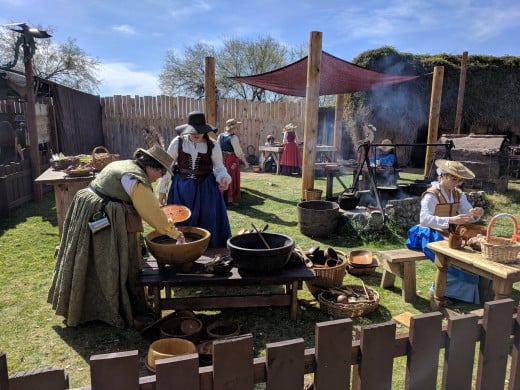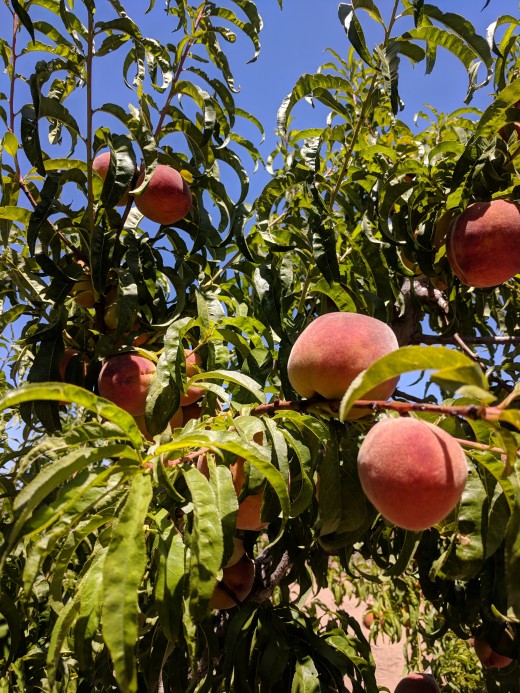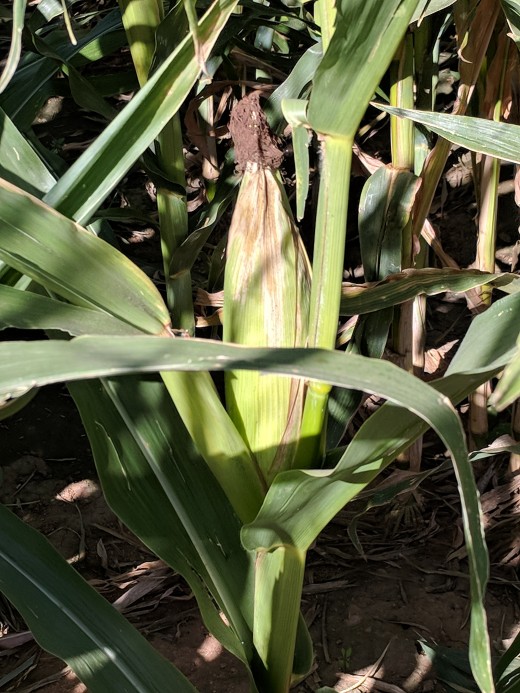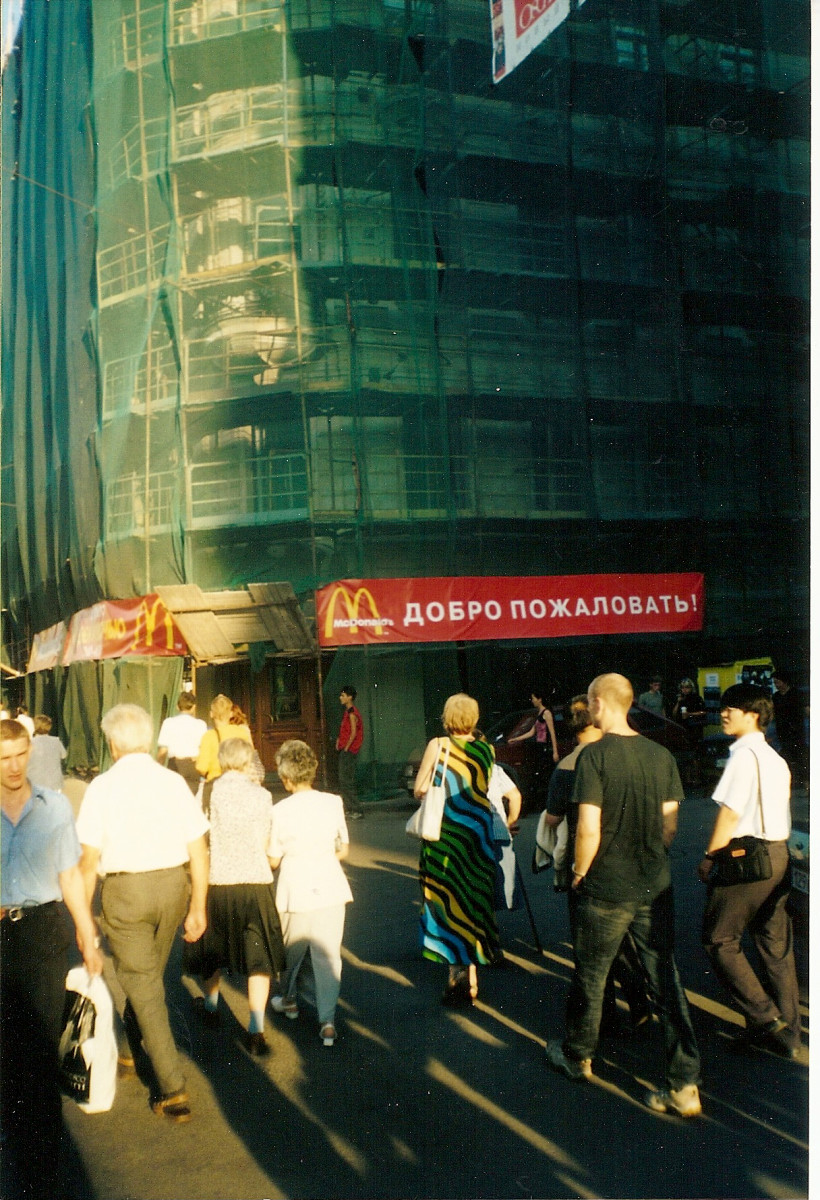Views of Food Then and Now
Along with other living things, people need food in order to survive. As a result, food has always played an important role in human life.
For most of history the problem with food has been its scarcity. Hunger and famine have been a staple of the human condition since the beginning of time.
Reenactment of 18th Century Peasant Community in British Isles Preparing Food

Famine or Scarcity of Food Has Been Common Until Recent Decades
In the New Testament Book of Revelation (the last book in the New Testament of the Bible) famine is listed as one of the Four Horsemen of the Apocalypse. The Four Horsemen are allegorical figures representing Pestilence, War, Famine and Death which will herald the end of the world.
Until Recently famine and starvation have been a threat that hung over people. It is only in recent decades that modern agriculture and improved means of distribution that the threat of famine has receded.
Man Made Famine has been Used as a Tool of War throughout History
Droughts, insects, disease and war have all been the cause of famine through the ages.
War has been especially bad as it often involves the deliberate destruction of the food supply of one's rival as a tool of warfare.
During the Punic Wars the ancient Romans not only destroyed the crops of the city state of Carthage but went so far as to sow salt in the ground in order to prevent the Carthaginians from growing food again.
In the twentieth century the Soviet dictator Josef Stalin killed millions of Kulaks (Russian peasants who owned their own land before the 1917 Revolution that imposed Communism on Russia), who opposed the forced collectivization of their farms, in the 1930s by means of mass starvation.
A few years latter during World War II the Nazi siege of Leningrad (now St. Petersburg) succeeded in cutting off most of the city's food supply causing thousands of deaths and forcing many to survive by eating rats and anything else they could scavenge. Despite thousands of the city's residents starving to death, the city held and the Nazis were eventually forced to retreat.
Less than 50 years ago, in the mid-1980s, following the communist takeover of the African nation of Ethiopia the communist government blocked food shipments to areas of the country which were opposing the communists. Over a million people died of starvation as a result.
Peach Tree with Ripe Peaches Ready for Picking

The relative scarcity of food influenced our ideas about it as well.
Wasting food was frowned upon until very recently. This was understandable because by wasting food a person could literally be depriving someone else in the household or neighborhood of needed food.
This wasn't an abstract concept like today's parent's telling a child not to waste their food because some child in a far off land lacks food. No, in this case the person or persons not getting enough food because of the waste of one were more than likely sitting at the same table.
The Fathers of the early Christian Church included gluttony as one of the Seven Deadly Sins in part because consumption over and above one's needs could lead to others not having enough.
Economic Cost of Wasting Food
There was also a cost factor involved with wasting food as, until recently, food was a major part of a household's budget so the wasting of food involved a financial hardship as well. Throughout history a major portion of family income went to purchasing food.
While the portion of household budgets going to food purchases has been declining it was only relatively recently that it has been shrinking noticeably. As recently as the 1960s lower income people were devoting as much as 25% of their income to food. The percentage was higher in previous centuries.
It is now down to about 15% in the United States.
In Times Past Obesity Often a Status Symbol Rather Than a Problem
Because food was generally scarce in the past, obesity was not much of a problem in previous eras.
On the contrary, being overweight was often a status symbol. Among the ancient Romans obesity was a means by which wealthy people could differentiate themselves from the hungry masses.
Being overweight showed a person to have both sufficient wealth to be able to afford to eat well while at the same time not having to do manual labor which would burn off some of those calories.
Look at paintings from the Renaissance and you will notice that many of the people appear overweight by today's standards. Part of the attraction of a heavyset woman was that she gave the appearance of being well fed an healthy and thus, to a potential suitor, in good shape to bear children for him.
Similarly, women would be attracted to stout men because such a man gave the appearance of being wealthy enough to be well fed himself as well as having sufficient wealth to adequately provide for his wife.
Corn in Farmer's Field Ready for Picking

Obesity is Today's Main Food Problem
Today the situation is different. Our problem is too much food rather than a lack of food. Famines are practically a thing of the past and most famines in recent times have been the result of war of political actions against enemies of those in power.
We are not only able to produce food in greater abundance but, the modern market is able to quickly move food to where it is needed.
In the early 1990s there were massive floods in the upper Midwestern portion of the U.S. It was spring and this is the heart of the food producing area of the U.S. Millions of acres of land were unable to be planted. In times past a situation like this was a recipe for famine.
While financial losses from the lost food production were great and families were temporarily driven from their homes by the floods, no one in the nation went hungry as a result of this disaster as would have happened in the past.
Today Dieting to Stay Healthy is Easier than Having to Struggle as our Ancestor Often Had to do to Avoid Starvation
Despite the apparent over abundance of food the number of people engaged in agriculture in the U.S. has declined drastically from the time we became a nation.
When America became an independent nation following our Revolution some two centuries ago 90% or more of the population was engaged in agriculture. Today this figure is less than ten percent.
Our health problems today are no longer related to starvation and malnutrition. Instead obesity related diseases are the problem. These weren't a problem in the past because most people lacked sufficient food. Even those who could afford sufficient food and were overweight obesity, related diseases such as heart failure, diabetes, etc. were not much of a problem as these illnesses take a long time to develop and generally affect older rather than younger people.
In times past the life span of a healthy person was about half of what it is today and most people, even overweight people, had a much greater chance of dying of common bacteria related diseases than of heart disease or diabetes as is the case today.
While obesity is a problem which must be faced and dealt with by people who wish to remain healthy, it is better than the alternative which is starvation and malnutrition.
Today we have the option of saying no to consuming too much food and thus avoid the ill health effects of overeating. In the past all people could hope for was a good harvest so they had a chance to continue living another year.
Fast Food Restaurants are Common The World Over Today

© 2008 Chuck Nugent



